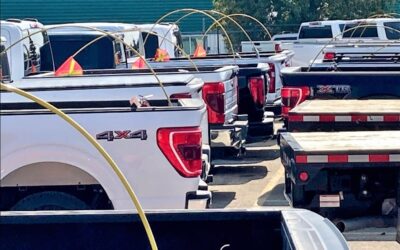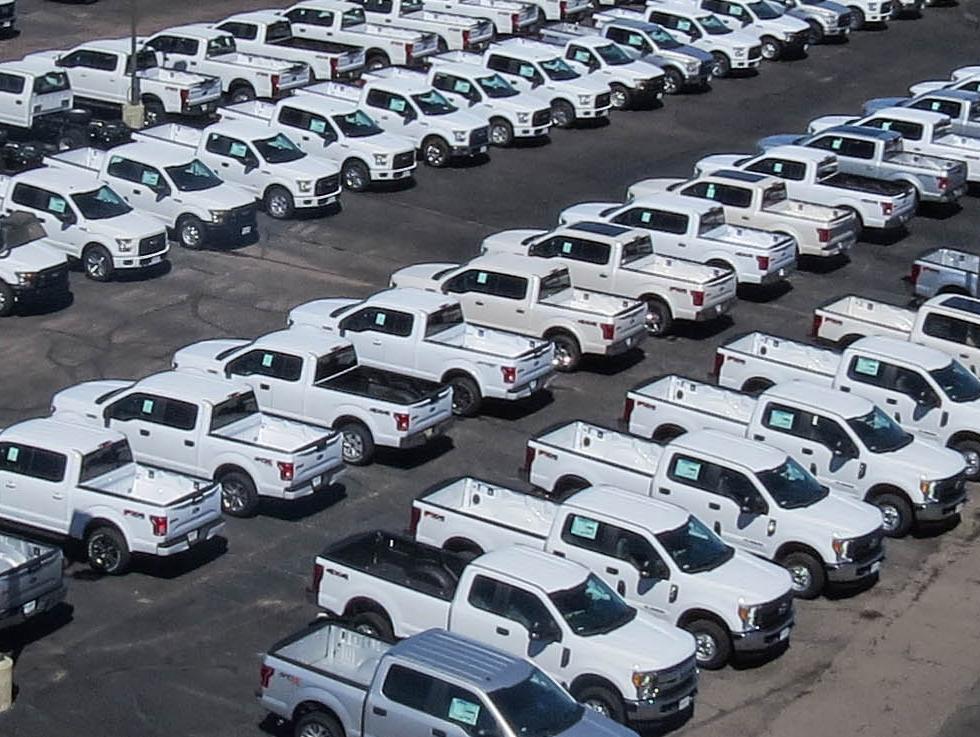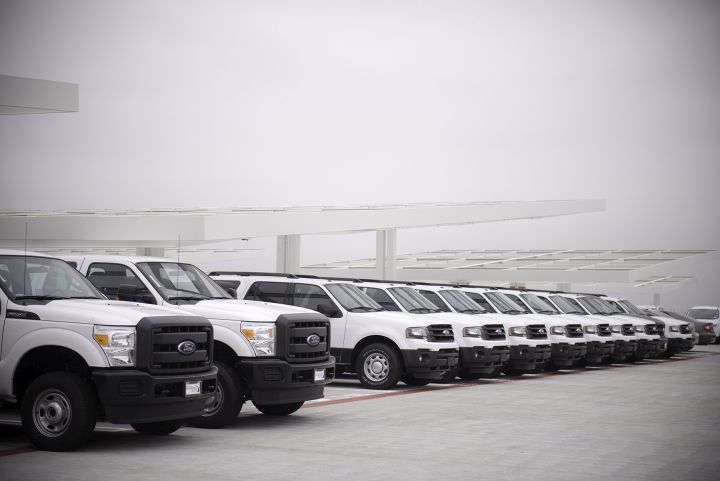Trends Affecting Fleet TCO
2023 has seen a rise in both operational and fixed costs for fleet trucks. There are several reasons for this trend of rising costs in fleet ownership. The initial acquisition cost has become higher due to prices set by manufacturers, while fuel costs are going up on account of the rise in inflation. Adding to all of this is the fact that truck maintenance labor is in more demand, leading to higher rates.
What is Fleet TCO and Why it’s Important
Before we begin, let’s take a look at what fleet TCO is, why it’s important and how to calculate it. Fleet TCO stands for total cost of ownership. This calculation is extremely important for fleet owners to understand to measure the true cost of a vehicle that includes all associated expenses. Understanding and knowing how to calculate this formula accurately will ensure better financial reporting, and provide insights into fleet performance. This also provides a deeper and overall understanding of a fleet owner’s bottom line.
Fleet Total Cost of Ownership Formula
Fleet total cost of ownership includes many factors of a fleet including acquisition, interest, financing costs, vehicle running costs, resale costs, total mileage of the vehicle, licensing, fuel usage, depreciation and so much more. Here we simplified the TCO formula to include the most important factors to consider to help your fleet planning and management:
Fleet TCO 🟰
(acquisition cost + interest/financing costs + vehicle running costs – resale cost)
➗
(total mileage or engine hours over the life of the vehicle)
Let’s take a look at some of the top fleet trends for vocational fleets so you know what to expect from the industry in North America this year.
Fleet Trend 1: Higher Maintenance Costs
One of the fleet trends affecting the total cost of ownership of vocational fleets is the expense related to unscheduled and scheduled maintenance.
There is a nationwide shortage of expert technicians at dealerships and independent truck repair facilities that can adequately cater to this vital need for the industry. This results in higher maintenance costs. Expect the rates for maintenance to keep rising slowly since the shortage of properly qualified technicians does not appear to be changing soon.
Fleet Trend 2: Fuel Conservation
Over the course of the past year, diesel and gasoline prices have been increasing gradually. This accounts for the biggest cause for the increase in total costs of fleet ownership throughout 2018.
One of the fleet trends that managers should be aware of is the adoption of fuel conservation strategies within the industry. In order to offset the rising fuel prices, fleet owners are looking to bring down the gross vehicle weight rating so that they can increase the payload of the trucks. They are also looking to improve the fuel economy and perhaps reduce the burden on them from regulations.
The chassis used in vocational fleets now offers more fuel efficiency than this class of vehicle has ever seen before. Engineering improvements all around are helping the fleet industry become more fuel efficient.
Fleet Trend 3: Longer Life Cycles for Vehicles
Another major expense affecting the total cost of fleet ownership is vehicle depreciation. The more expensive a truck is, the longer it will be kept in the service of a fleet. This is especially true for any and all units that have been fitted with additional expensive equipment.
This fleet trend will likely add even more equipment on mid-sized trucks in the vocational fleet so that employee activity will make the unit more productive and cost-efficient. For instance, utility and service fleets will have the highest capitalized expenses. This will be due to the truck upfitting costs. Since the companies will be investing a lot in the trucks, they will be inclined to keep the trucks in service for a longer period of time.
Fleet Trend 4: Increasing Tire Costs
The fluctuation in prices is all over the place. The raw material for producing some of the most vital equipment for vocational fleet trucks is becoming more and more expensive. The production of tires has seen an upswing in recent years.
This is one of the most important fleet trends a manager should be aware of. The costs for retreads and new tires have significantly gone up and are expected to increase further as the year progresses.
Fleet Trend 5: Increased Time Between Order and Delivery
There is a very high retail demand for trucks. Truck production cannot match the pace of the demand and this means the amount of time between the order of the trucks and their delivery is increasing. As the national economy is witnessing strong growth, it has bolstered the volume of fleet orders throughout the country.
Upfitting facilities are experiencing a significant backlog because of this fleet trend. In addition, lead times are increasing and so is the number of missed ship-thrus. Of course, the process of increasing the order-to-delivery time is not exactly simple. The increased lead time for upfitting and chassis is because of constraints involving transportation, the capacity that upfitting facilities have and of course, the labor that can deliver the products.
The labor market’s situation right now is the biggest reason behind the backlog at upfitting facilities, which has drastically reduced the rate with which these facilities produce their output. Upfitters want to increase their capacity but the labor force situation is making it difficult for them to do so.
Fleet Trend 6: More Safety Equipment
Keeping the assets, the drivers, their passengers and the general public safe has been a major point of focus for fleet managers. This is a vital aspect of their job and they are addressing it through the use of various safety equipment in fleet trucks.
Backup cameras, ergonomic considerations for the vehicles, better vehicle tracking and lane departure alerts, are just some of the things helping to improve safety.
There is an increasing adoption of advanced technology to improve the safety of fleet operators. Collision avoidance and driver assistance technology in Class 4 to Class 8 trucks has seen an upswing. Of course, this will also mean an increase in the total cost of fleet ownership due to the increasing maintenance needs over time.
Fleet Trend 7: Vendor Optimization
Another major fleet trend aimed at cutting down the total cost of fleet ownership is the optimization and consolidation of fleet vendors. With a rising number of fleets focusing on reducing their costs, they are applying newer and more innovative strategies to achieve this goal. The number of vendors has become limited. Fleet owners are also looking to have a more focused selection of vendors that will help them leverage the total spending for enhanced pricing and faster turnaround when it comes to repairs.
It is crucial for the fleet managers to properly analyze the maintenance providers so that they can get a better value for their money. They want the maximum productivity for trucks and fleet employees while keeping the costs low.
Final Thoughts
With the economy strengthening, there is a higher demand for fleet vehicles but at the same time, the raw material prices are increasing. Fleet managers need to be aware of these fleet trends to brace themselves for the rest of the year and adopt strategies to balance out the total cost of fleet ownership.
Learn more about how to lower your Fleet TCO with Summit Fleet today.
Source:






